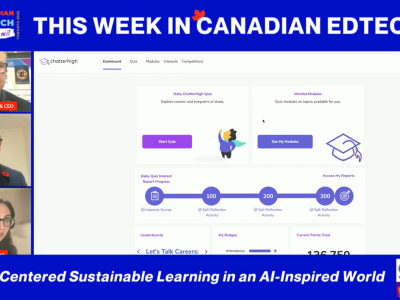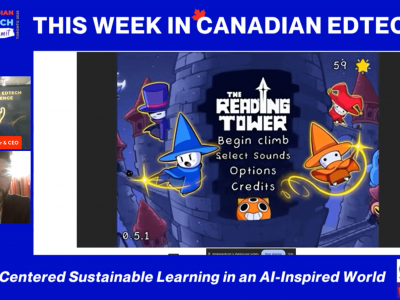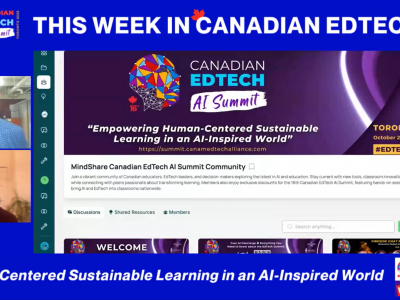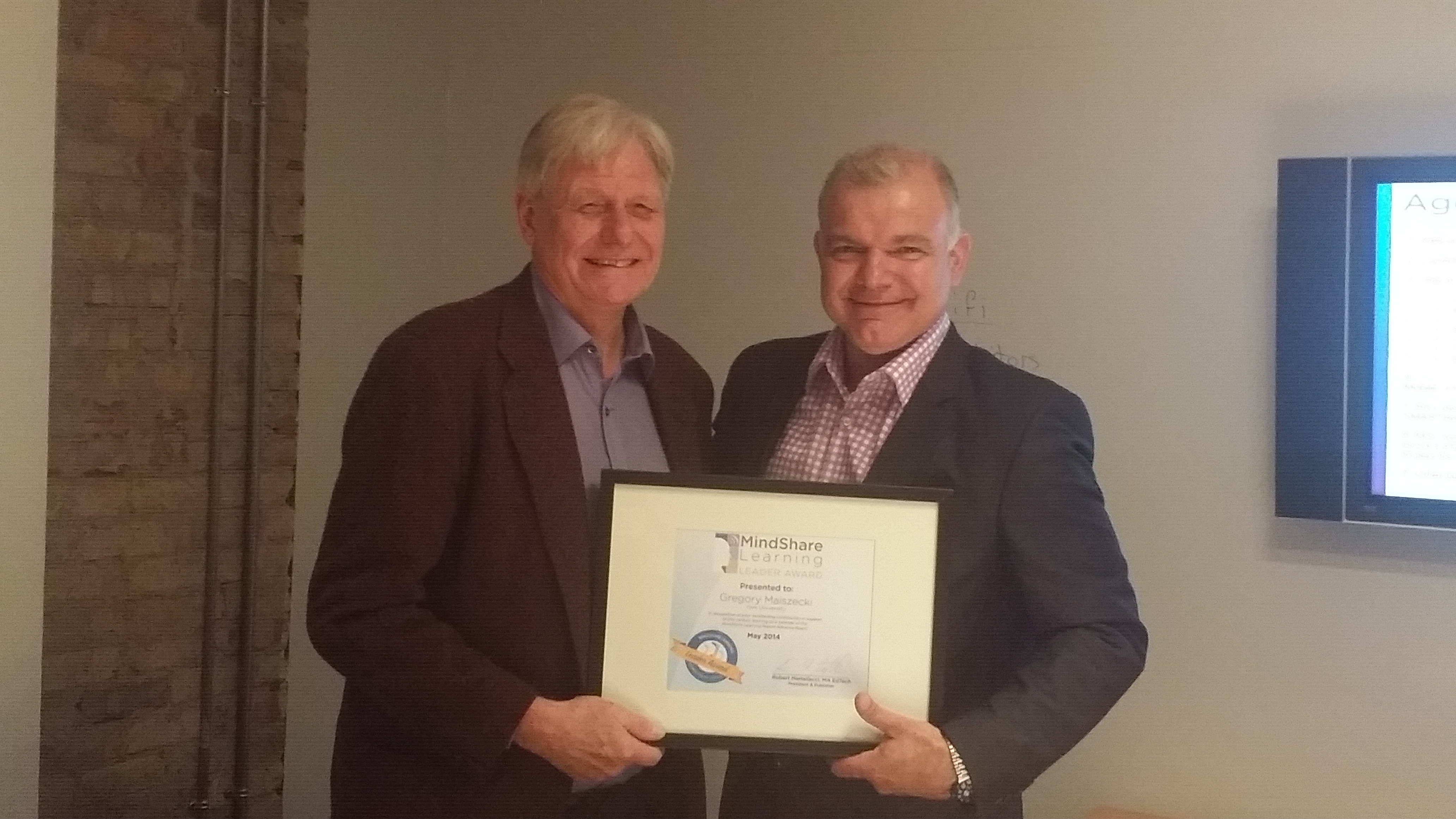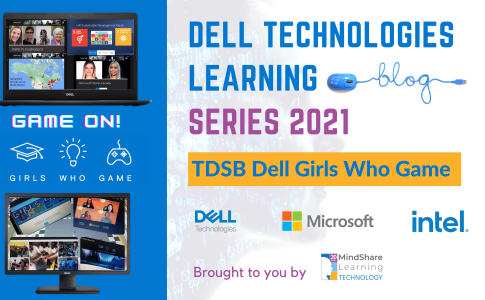As you return to the classroom, don’t forget to develop a list of those things you will need to do to implement technology across the curriculum successfully. Use the tried-and-true backward planning approach. Where do you want to be by the end of the year? If you’re a seasoned veteran, then consider this design approach monthly. Where do you hope to be by the end of each month? Take the time to plan this out using your favourite planning tool! In no particular order, check out some of what you can do to help you develop a successful school year using technology.
1. Check Your Hardware and Software
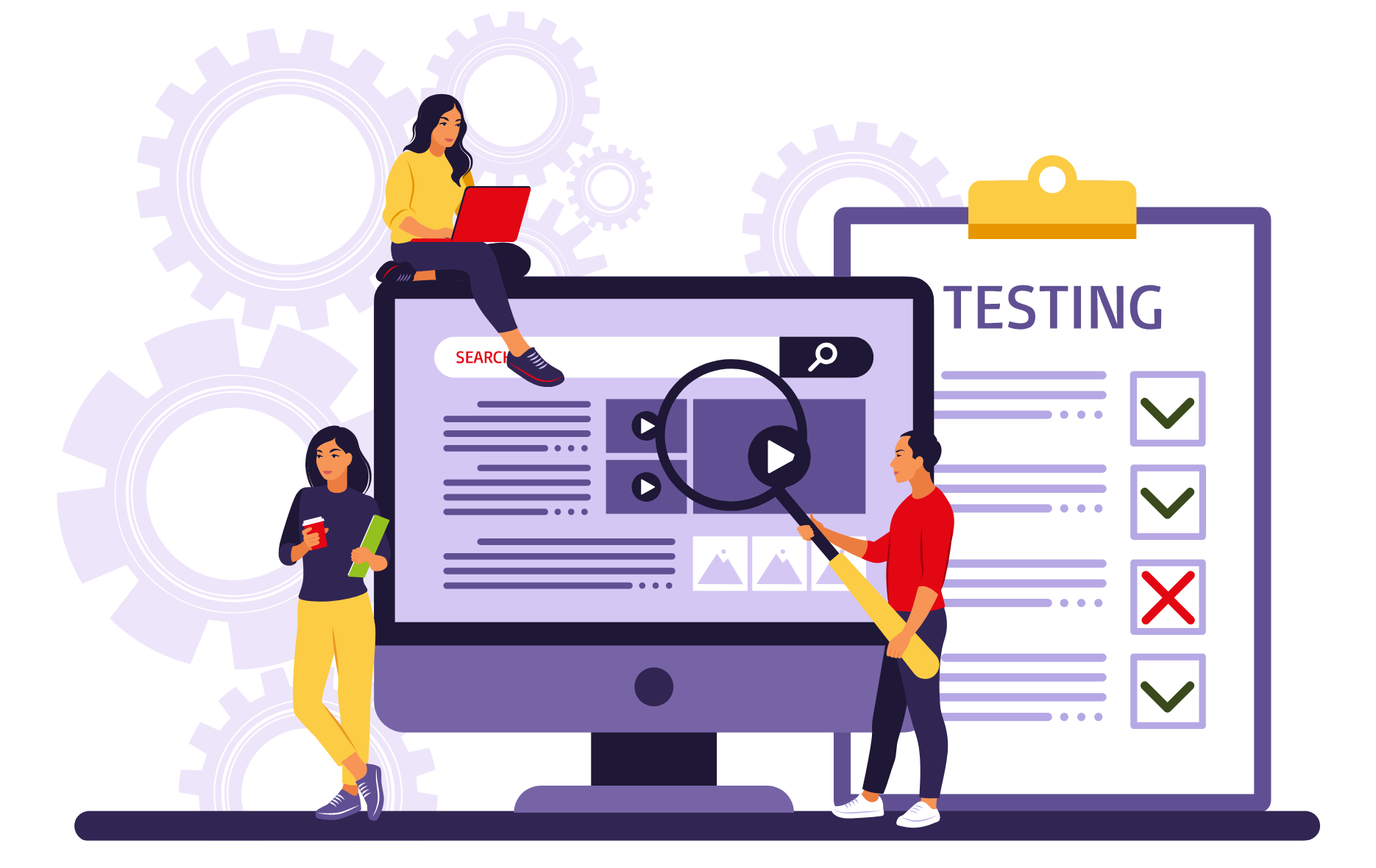
Don’t assume that your hardware is up-to-date with the latest drivers and software patches. Do a run-through so that every device you plan to use has the latest drivers, firmware updates, and software patches. This includes your peripheral devices and any robotics or IOT devices you plan to implement this school year.
2. Check Your Online Accounts
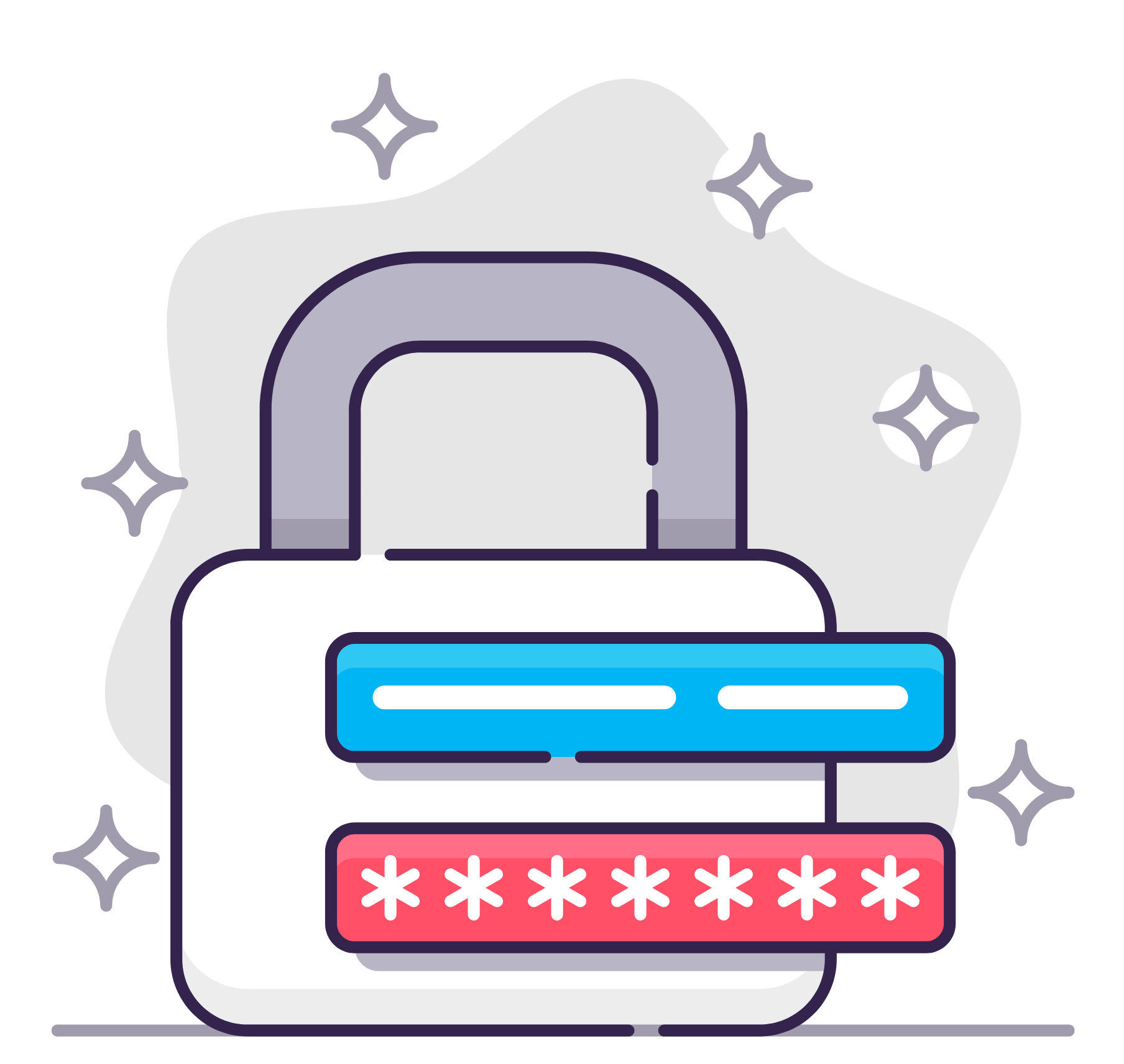 Login to all the online accounts you plan to use this school year. Does your account work properly? Has your software provider’s expectations, values and security protocols changed? Make sure you update your student accounts with your online service. Make sure that your online provider has an easy printout of login options. Don’t forget to include parent accounts! Transparency is always a best practice! Check to make sure your school district has approved your online resources. Your district should vet online resources to store student and staff information securely. Your online provider does not need to know your students’ names. Be vigilant!
Login to all the online accounts you plan to use this school year. Does your account work properly? Has your software provider’s expectations, values and security protocols changed? Make sure you update your student accounts with your online service. Make sure that your online provider has an easy printout of login options. Don’t forget to include parent accounts! Transparency is always a best practice! Check to make sure your school district has approved your online resources. Your district should vet online resources to store student and staff information securely. Your online provider does not need to know your students’ names. Be vigilant!
3. Develop A Login Protocol and Student Technology Experts/Ambassadors
 How do your students access and log in to their devices? Do you have a consistent login routine? Who is responsible for storing, charging, and cleaning devices? Are your devices stored securely? Rotate, train and support your students to manage your technology in the classroom. Give those students with enhanced abilities and interests in technology to visit other classes to help other students and teachers use technology effectively.
How do your students access and log in to their devices? Do you have a consistent login routine? Who is responsible for storing, charging, and cleaning devices? Are your devices stored securely? Rotate, train and support your students to manage your technology in the classroom. Give those students with enhanced abilities and interests in technology to visit other classes to help other students and teachers use technology effectively.
4. Focus on Teaching and Learning USING Technology
 Technology should be used to extend teaching and learning. It is never an end in itself. If you plan teaching and learning around technology, you may miss the essential elements required to begin and extend achievement. If you’re still learning – and we all are! – be sure to check out your district’s PD offerings. If your district doesn’t offer relevant learning experiences, check out ISTE and their professional courses for implementing technology across the curriculum.
Technology should be used to extend teaching and learning. It is never an end in itself. If you plan teaching and learning around technology, you may miss the essential elements required to begin and extend achievement. If you’re still learning – and we all are! – be sure to check out your district’s PD offerings. If your district doesn’t offer relevant learning experiences, check out ISTE and their professional courses for implementing technology across the curriculum.
5. Advocate. Advocate. Advocate!
 Technicians, CIOs and those individuals who manage the technology in your district are usually not the pedagogical experts. If you can make a case for the use of more technology, or different technology, then pursue your belief with passion. Make sure to advocate via teachers and administrators in your school or district. If you take a passive approach to technology, so will your leadership.
Technicians, CIOs and those individuals who manage the technology in your district are usually not the pedagogical experts. If you can make a case for the use of more technology, or different technology, then pursue your belief with passion. Make sure to advocate via teachers and administrators in your school or district. If you take a passive approach to technology, so will your leadership.
6. Make Collective Teacher Efficacy and Technology a Focus
 Collective teacher efficacy is vital! Make sure to create a school team that focuses on extending the use of technology across the curriculum. Invite all teachers, from beginners to seasoned experts! Invite other teachers to your classroom to observe and critique your use of technology. Make sure you create a safe, non-judgmental space for all! No one person knows everything!
Collective teacher efficacy is vital! Make sure to create a school team that focuses on extending the use of technology across the curriculum. Invite all teachers, from beginners to seasoned experts! Invite other teachers to your classroom to observe and critique your use of technology. Make sure you create a safe, non-judgmental space for all! No one person knows everything!
7. Foster Growth Mindsets in Your Technology Program
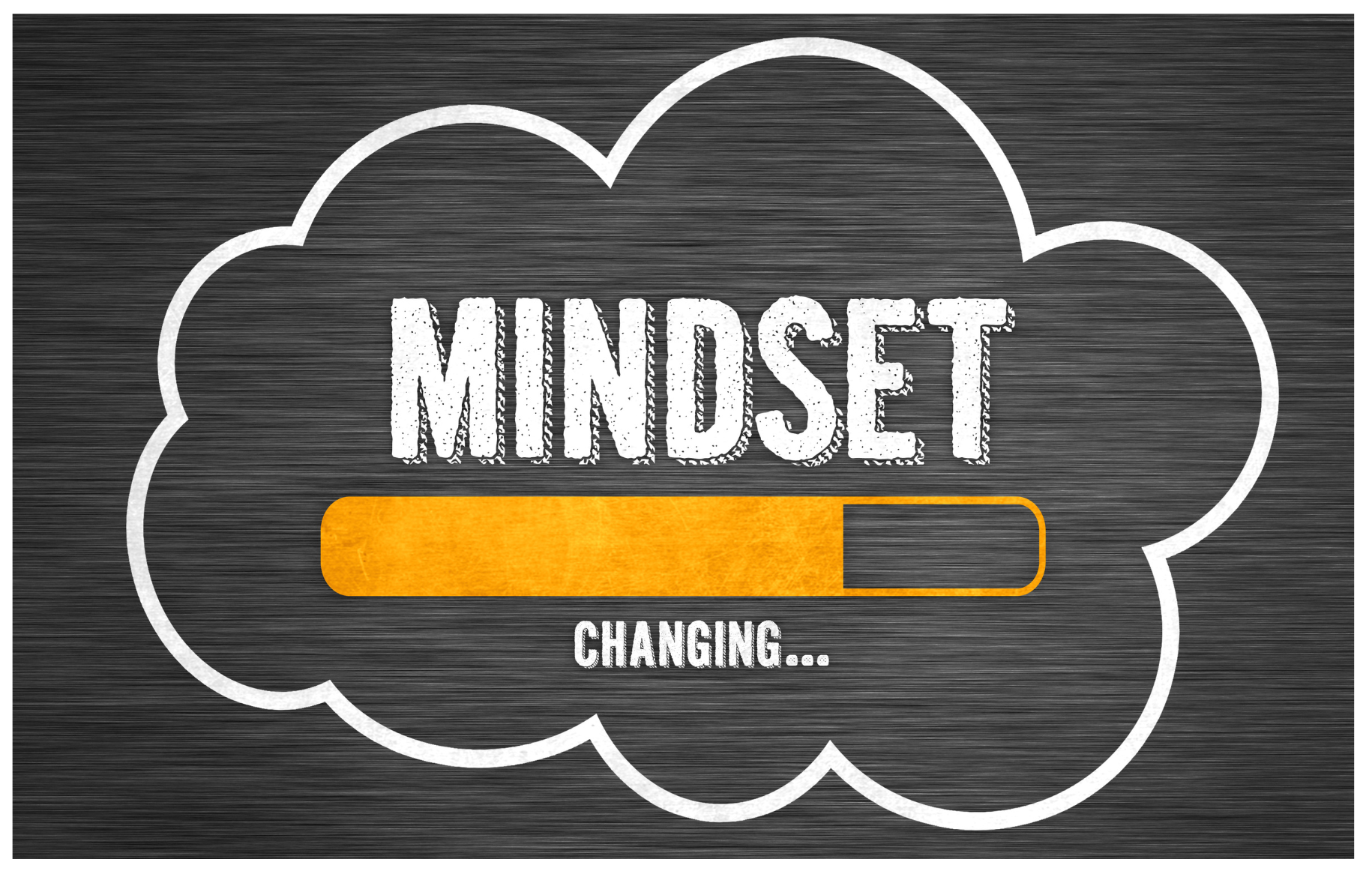 Jo Boaler has written an insightful book about growth mindsets and mathematics learning entitled, surprisingly, Mathematical Mindsets. I’ve often thought that a similar book should be written for educational technology. Ideas like everyone can learn and use technology effectively to the highest level; technology is about extending, innovating, and communicating can help you stay focused on the essentials of using technology. Review the ideas of Growth Mindsets in using technology across the curriculum. It will help you move your technology program from the simple to the more profound.
Jo Boaler has written an insightful book about growth mindsets and mathematics learning entitled, surprisingly, Mathematical Mindsets. I’ve often thought that a similar book should be written for educational technology. Ideas like everyone can learn and use technology effectively to the highest level; technology is about extending, innovating, and communicating can help you stay focused on the essentials of using technology. Review the ideas of Growth Mindsets in using technology across the curriculum. It will help you move your technology program from the simple to the more profound.
8. Use Project-based Learning and Technology
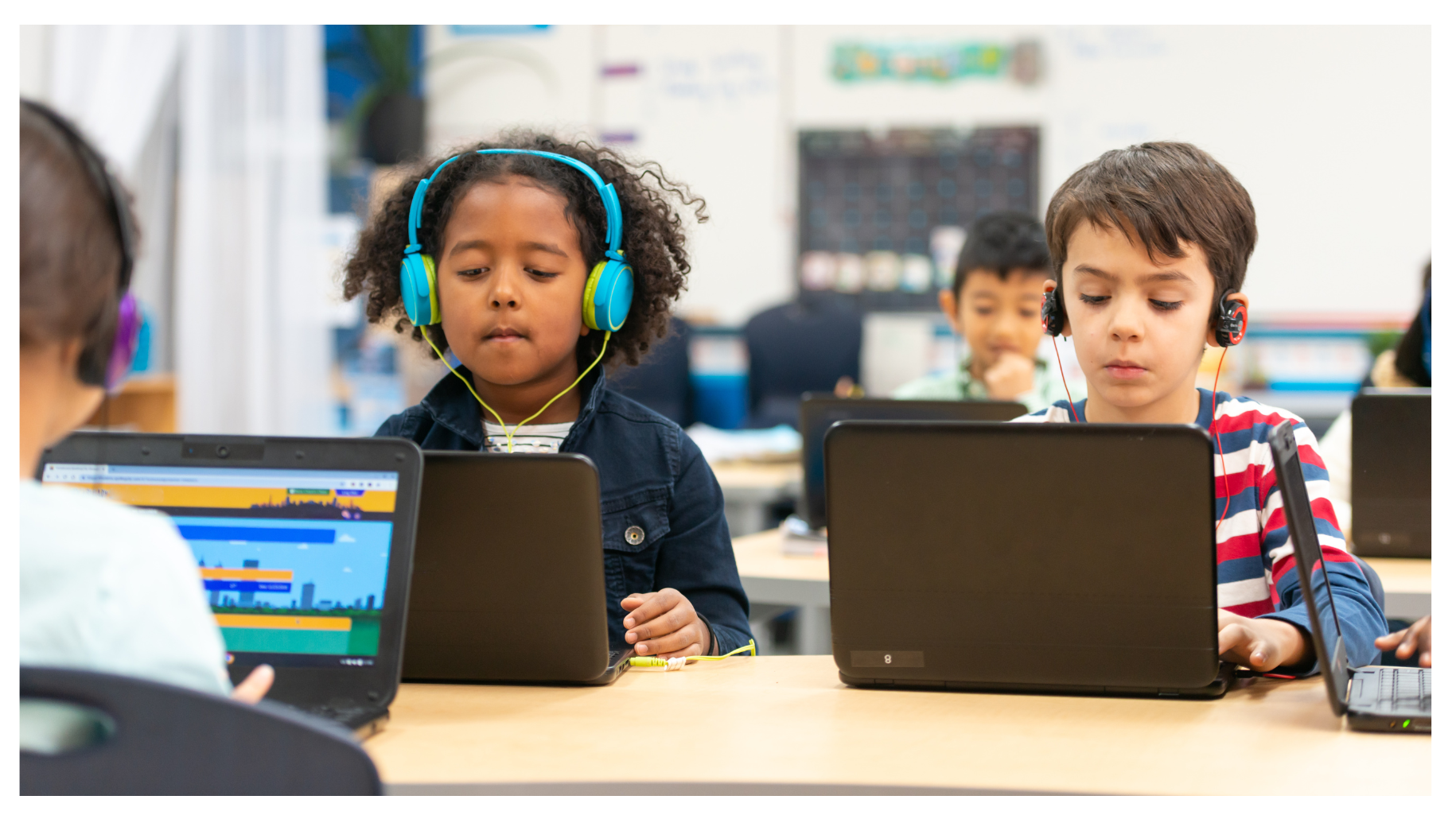 Project-based Learning and technology are meant for each other. Look at PBL Work’s philosophy of project-based learning and stay focused on how technology can engage, extend and excite the learning process and journey. It’s worth your time and effort!
Project-based Learning and technology are meant for each other. Look at PBL Work’s philosophy of project-based learning and stay focused on how technology can engage, extend and excite the learning process and journey. It’s worth your time and effort!
9. Plan to Attend FETC, ISTE, or BETT
 Plan to attend one of the above conferences in the coming year. Whenever I’ve participated in these conferences as a presenter or passive participant, I’ve come back to my classroom with many ideas and a mind full of ‘what ifs.’ The excitement, synergy and comradery that exists during one of these events are palatable. You can’t help but learn and see the power of technology in teaching and learning!
Plan to attend one of the above conferences in the coming year. Whenever I’ve participated in these conferences as a presenter or passive participant, I’ve come back to my classroom with many ideas and a mind full of ‘what ifs.’ The excitement, synergy and comradery that exists during one of these events are palatable. You can’t help but learn and see the power of technology in teaching and learning!
10. Favourite Online Learning Portals
 I’m always looking for new and powerful online software portals to use in my classroom. I’ll give you several that you should incorporate into your classroom if you haven’t done so already. Mathigon is my favourite online math portal. There’s nothing like it, and it’s only poised to get even better, especially after Amplify purchased them. It can be used from K-12. I used it daily in my math instruction. If your district approves using this portal in your classroom, you can upload your Google Classroom and provide assignments to your students using the various digital manipulatives. This is the way digital tools should be developed! My second recommendation focuses on language. Located in the UK, Night Zookeeper is another well-designed learning portal for students aged 5 to 12. They focus on helping students develop their reading and writing skills. Students get feedback from online mentors regularly, and you can assign work based on students’ needs. Contact them about their privacy protocols and pursue your district or school for access. It is one of the only online language programs that keep students engaged all year. A free trial is available. Even though it is a paid resource, it is well worth the investment! If you cannot secure it for your class, consider recommending it to parents of children struggling with reading and writing.
I’m always looking for new and powerful online software portals to use in my classroom. I’ll give you several that you should incorporate into your classroom if you haven’t done so already. Mathigon is my favourite online math portal. There’s nothing like it, and it’s only poised to get even better, especially after Amplify purchased them. It can be used from K-12. I used it daily in my math instruction. If your district approves using this portal in your classroom, you can upload your Google Classroom and provide assignments to your students using the various digital manipulatives. This is the way digital tools should be developed! My second recommendation focuses on language. Located in the UK, Night Zookeeper is another well-designed learning portal for students aged 5 to 12. They focus on helping students develop their reading and writing skills. Students get feedback from online mentors regularly, and you can assign work based on students’ needs. Contact them about their privacy protocols and pursue your district or school for access. It is one of the only online language programs that keep students engaged all year. A free trial is available. Even though it is a paid resource, it is well worth the investment! If you cannot secure it for your class, consider recommending it to parents of children struggling with reading and writing.
Bonus tip: Plan to Submit Your Technology Learning to Mindshare’s Schools of the Future Challenge!
Enough said. This contest is an excellent way to showcase your exceptional programs worldwide. Fabulous prizes and a great challenge. Hint: Start your planning early and make every effort to edit your presentation carefully! You can do it!


